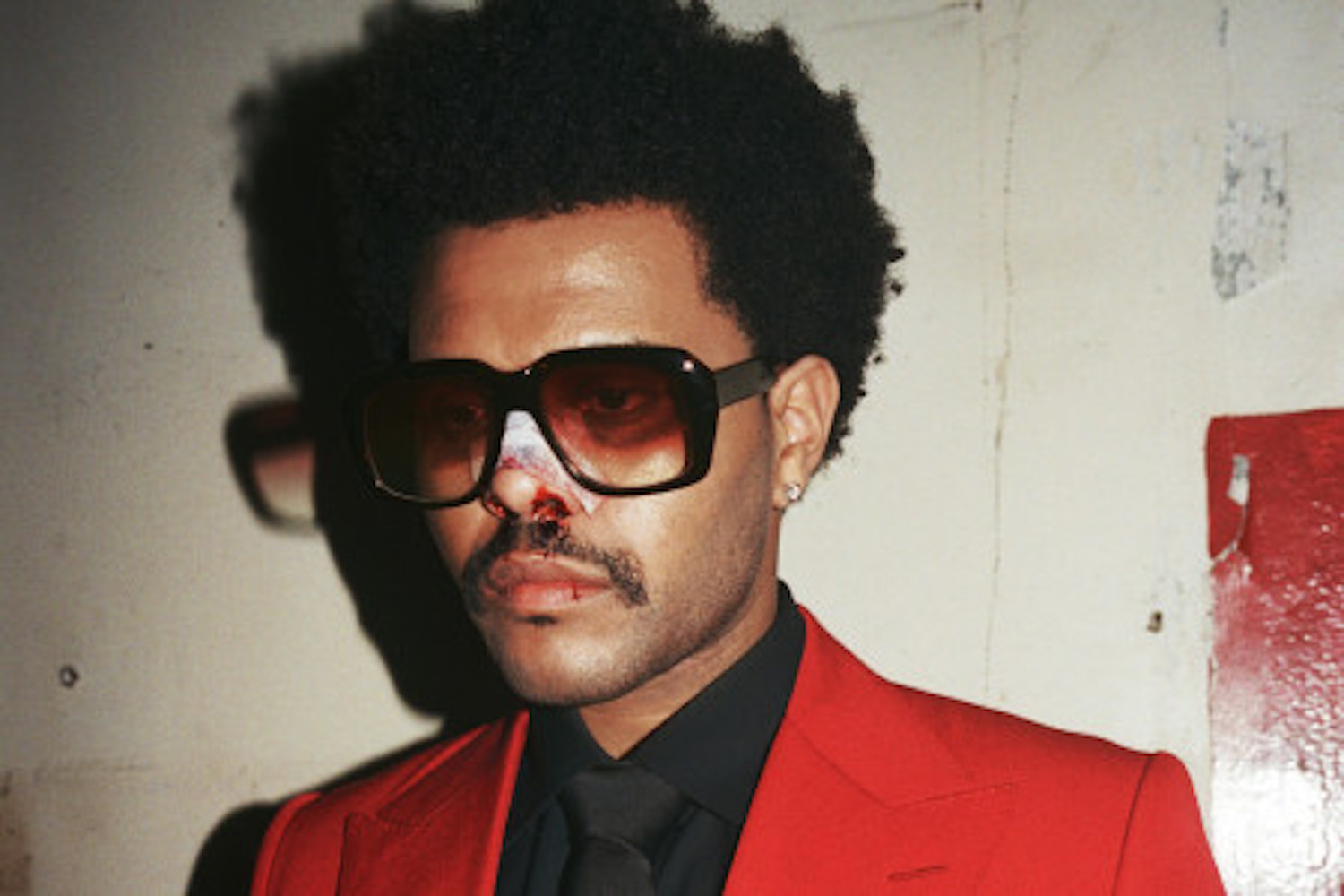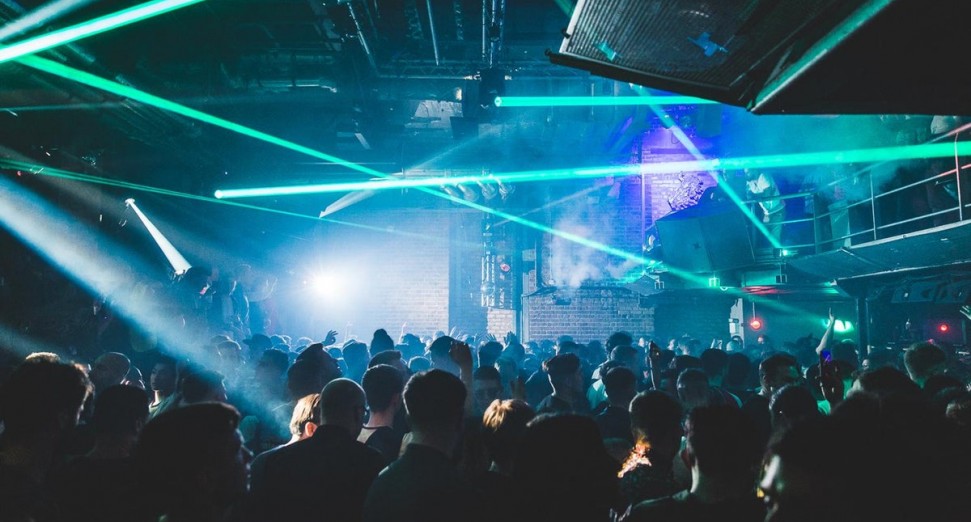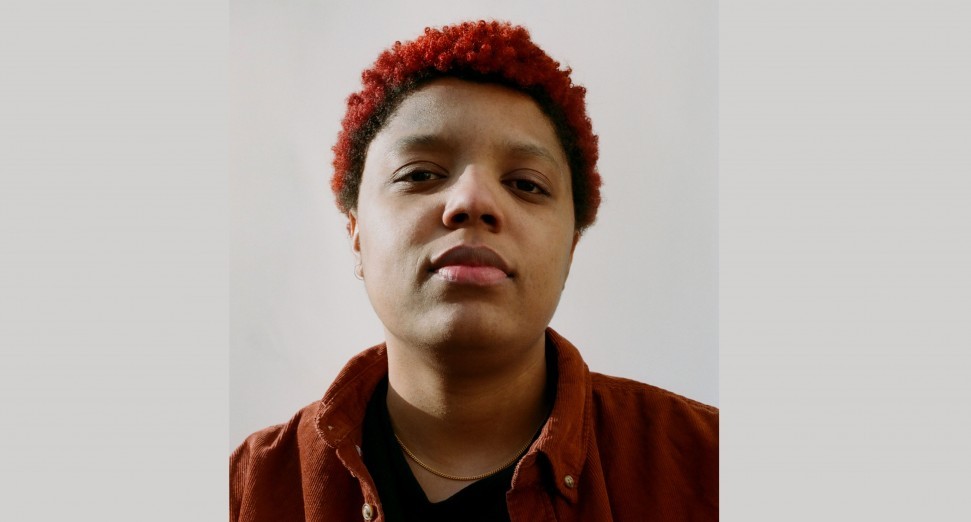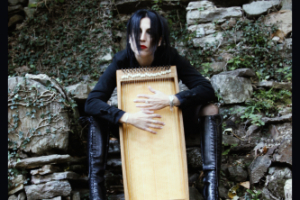
Caverna delle Rose
AimA: I have known Evor Ameisie since I was 20, which is more than twenty years ago. There’s a deep friendship and respect between us. In addition to this there’s a common way to feel and this is for all the members of Caverna delle Rose. I met Diego Cinquegrana around 8 years ago and I can say the same. He’s an artist in the fullest sense of the term. We also have in common the classical studies that led us to develop these issues, from my point of view in a way that is perhaps more spiritual than cultural.
AimA: Diego chose the name. It is obviously an intimate poetic figure, you can transfigure as you prefer, without limits of interpretation. Alternatively look at this as the possibility of inflorescence of the mystical sacral dimension of the rose within the darkness of a cave, where darkness is nevertheless a necessary condition for loss that precedes revelation and ecstasy. It is also the name of the Swedish method of condemnation / torture in the thirteenth century. It sounds romantic and the meaning is also almost similar also from this point of view.
AimA: I have experiences with magic since I was a child. There is a precise sensitivity and predisposition to this, I believe from birth. This is because I believe that we come into the world with something innate that is more present in some human beings; in others it is less so. It is afterwards a question of being aware of it and in a certain sense you have no choice: it is a path that calls strongly and wants to be followed. What I follow in this sense cannot be said, but only lived and practiced.
AimA: Research, because there is a lot to know and understand about the ritual forms not only of the past, but also of those that today are erroneously defined as “primitive peoples”. From the cultural point of view, these are investigations of an anthropological nature; from the spiritual point of view, they have their roots in spaces and times that are difficult to understand for our reason. They are more so from a spiritual point of view, studying these phenomena not from an evolutionary point of view, but reasoning according to those archetypes that are common to humanity (or that should be, I would add). In this case we are talking about reinterpretation, in full respect of those cultures and in the awareness that we will never be able to talk about them. From my point of view, but obviously I speak only in my own name, the reinterpretation takes place above all in the spiritual, instinctual sphere, very little mediated by reason.
AimA: To be honest we didn’t chose the label, but it was the label that chose us, so this would be a question for Slaughter in Art, but I can say that in the name of interests that are common to us, we were chosen. Thank you very much to Nicolas for this, because he really invested in us. And anyway, when people meet is never the result of the case.
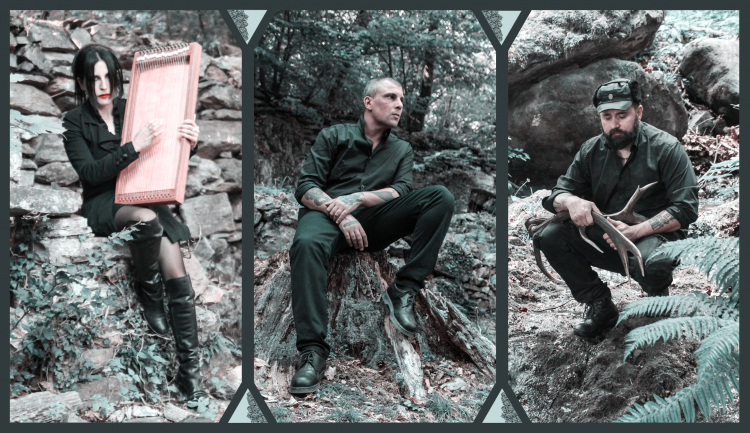
AimA: “Elysian Chants” is a musical work based on some Orphic Hymns chosen among the 87 short poems composed in the late Hellenistic era. The poems, used in mystical rituals are attributed to Orpheus and they were a clear expression of how the Hellenic past was fighting for its survival, while the new Christian faith was spreading everywhere. The Hymns are devoted to specific divinities as well as to cosmic elements and incense that was used during the rituals. Then there’s ‘Hyle, The Chant of Creation’ (a song I personally love). When Hyle was born, I was studying Bernardo Silvestre, a medieval Platonist philosopher of the 12th century and I was inspired at that time in the creation of this song (which in fact goes beyond the work on the Orphic Hymns), but consistent with the discourses around Cosmogony. In perfect harmony with the theme, Evor created a scenario of explosive creation supported by the sound integrations of Diego.
AimA: Diego is the author the cover art. The use of masks in ancient Greek theater derives its origin from the cult of Dionysus and the first author to use them was the tragedian Thespis. The musical, dance and storytelling performances associated with the Dionysian festivals can be considered as the beginning of organized Greek theater. Furthermore, in addition to being the deity of wine and feasts, Dionysus was also the god of “otherness” and was often portrayed on vases with a mask on his face. We started the album with the ‘Hymn to Dionysius’. But beyond its connection with the Greek theater and its culture, the mask has always been an instrument used in rituals. The mask allowed primitive man to transcend space-time reality and to immerse himself deeply and totally in the divine, mystical and sacred sphere. Thinking that the spirit was in the face of man, primitive men used the mask as an artificial face and in wearing it they achieved their own transfiguration by taking possession of a new spirit.
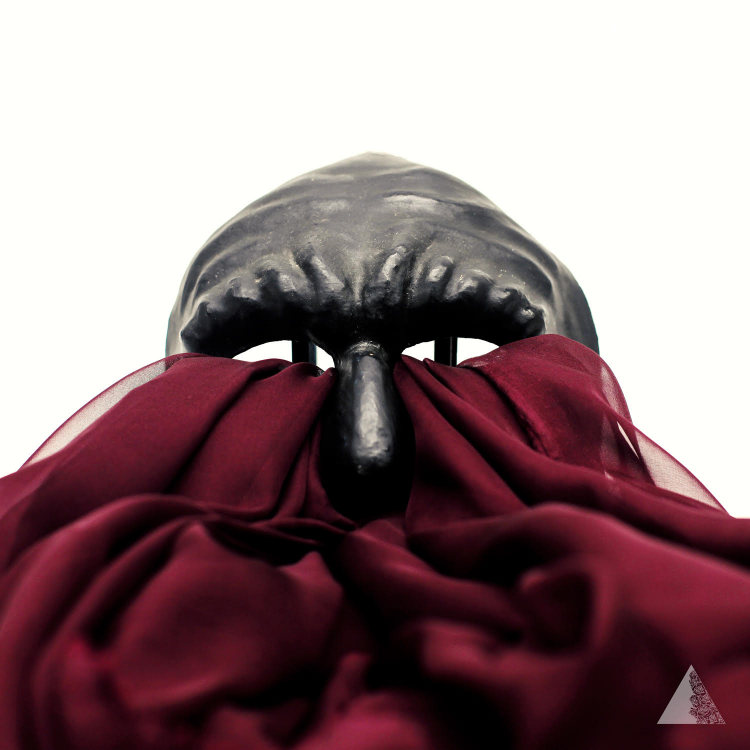
AimA: We have already arrived at the end of the second work “Carmina in Spiritum”. “Carmina in Spiritum” is the result of a period particularly inspired by precise and profound astral conjunctions that determined the compositions in a praxis that I would dare to define mystical. The cosmic and absolute dimension of the texts, which goes to the limit of invocation to self-annihilation, consists of a series of carmina (chants, hymns) dedicated to the elements or spirits that hold the main inner forces holding the spirit and preserving it in its strength and integritas.

